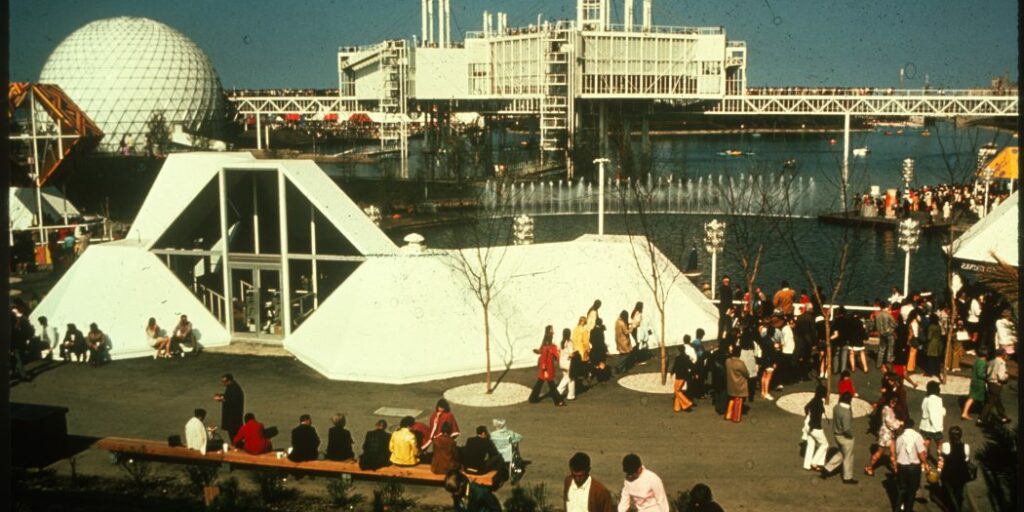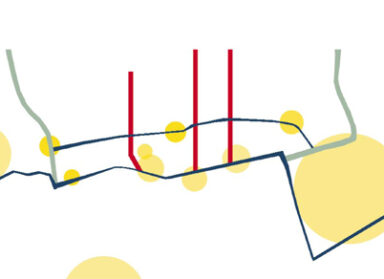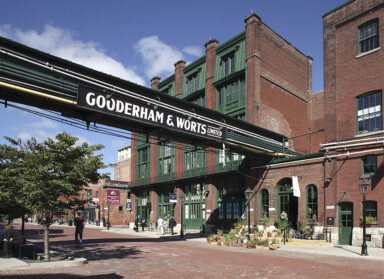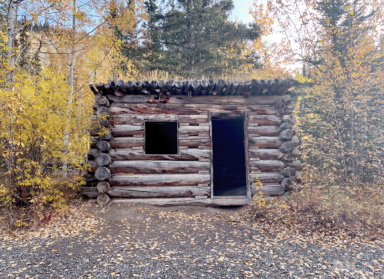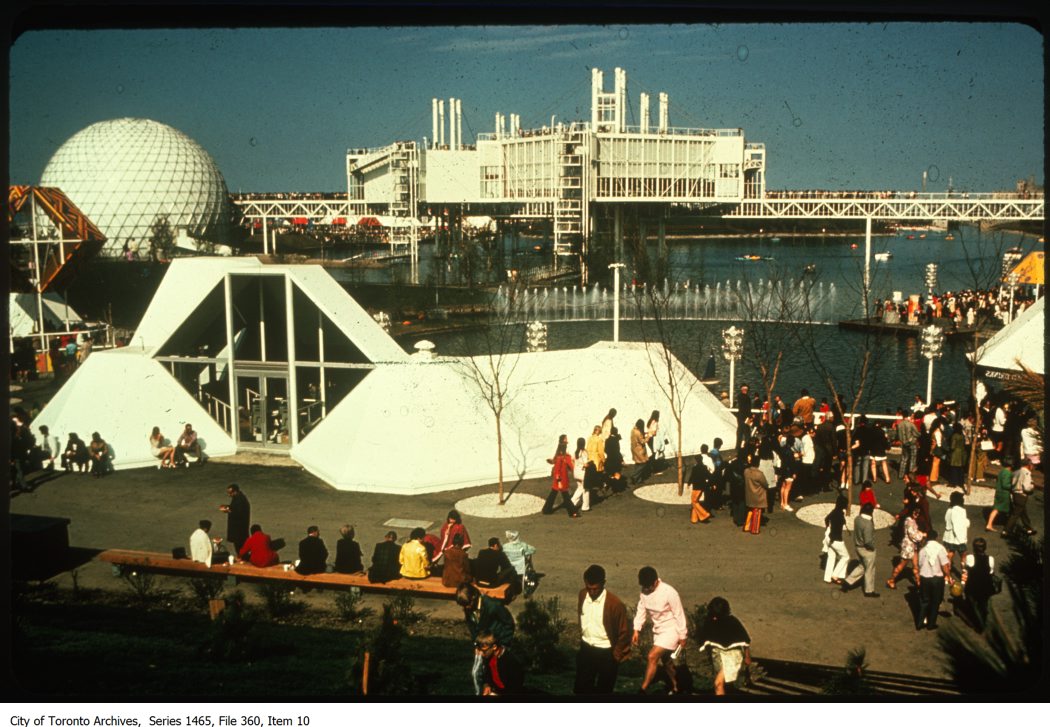
Our iconic sites have a shared value, with a conceived opinion in the public realm. As residents, we understand and view these buildings with a collective lens made up of our past experiences formed individually and as a city.
While some buildings easily come to mind, take Toronto’s Old City Hall or the ROM as examples, others have the potential to become iconic with a more careful understanding and with added celebration and support of these sites. Ontario Place has the ability to become a deeply loved space in our city and our province, but it’s lacking a shared identity, an issue exacerbated by continued disinvestment.
ERA Principal Michael McClelland spoke to this idea in a session with the Future of Ontario Place Colloquium. Held on February 17, the event titled “The Future of Ontario Place: Revitalizing Iconic Modern Waterfront Sites” placed Ontario Place within the context of both the Sydney Opera House and Montreal’s Expo ’67.
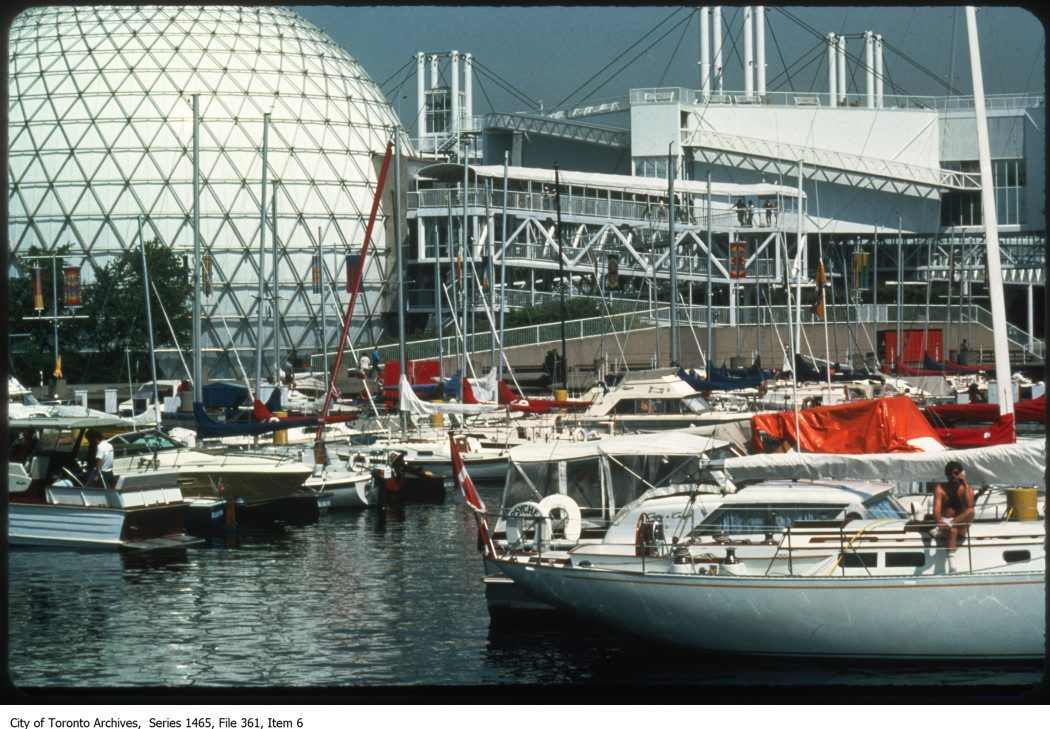
Michael has been a long proponent of the cultural value of Ontario Place as a shining example of modernist architecture and as an important contribution to Toronto’s public realm. In 1994, Michael was part of the group that founded Docomomo Canada-Ontario, an organization that looked to recognize the modern architectural movement in the province. Ontario Place was among the 14 sites listed to Docomomo’s International Register.
Ontario Place faced countless pressures and changes in its history, from the closure of the beloved forum for what would become the Budweiser Stage, to its eventual closure in 2012.
Now, close to ten years later, Ontario Place is at yet another crossroads. In 2019, the World Monuments Fund named Ontario Place on its World Monuments Watch list, flagging it as a heritage site at risk of being lost. In response to threats to the site, the Future of Ontario Place Project was born, a collaborative effort between the World Monuments Fund, the John H. Daniels Faculty of Architecture, Landscape and Design at the University of Toronto, and Architectural Conservancy Ontario. The project aims to increase public awareness and engagement about the site and its heritage values to imagine the future of Ontario Place as an asset for all.
It has been so long since the site was operable that there is a new host of Torontonians whose experience of the city doesn’t include Ontario Place at all. While Ontario Place may have secured a stronger shared understanding of place if it remained open and in use, its identity has become fractured over time.
But what if we focused not on its use or its identity and instead on other established attributes of the site?
When it was built in 1971 in response to Montreal’s Expo 67, architect Eberhard Zeidler wanted Ontario Place to reclaim the shoreline for people. “The meeting of water and land brought to a poetic awareness,” he wrote.
Toronto has a longstanding and shared relationship with its waterfront, from the beloved Scarborough Bluffs to Sunnyside, with Sugar Beach, Harbourfront Centre and the Simcoe WaveDeck downtown. Ontario Place has the ability to connect expressions of the waterfront experience in Toronto.
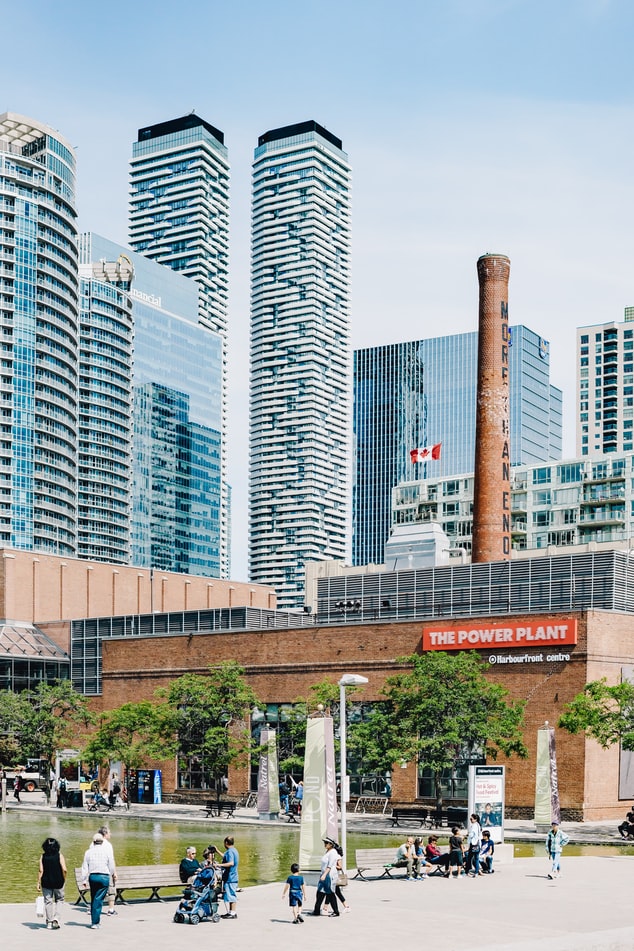
This was the vision explored in the Waterfront Heritage and Cultural Infrastructure Plan that ERA helped develop in 2003. The plan established a vision focused on culture and heritage as essential components to the future investment in Toronto’s waterfront. Ontario Place was the connecter of this vision, which imagined a revitalized waterfront that included a web of experiences to reflect the diversity of the city’s cultural life.
Ontario Place’s revitalization can be successful if we begin to focus on its attributes that contribute to the shared vision of the site — as a place where water and edge meet. While we’re ways along from fully understanding the shared value of the site, we must celebrate and re-establish Ontario Place as a thriving public space in order to better understand its significance to the public understanding.
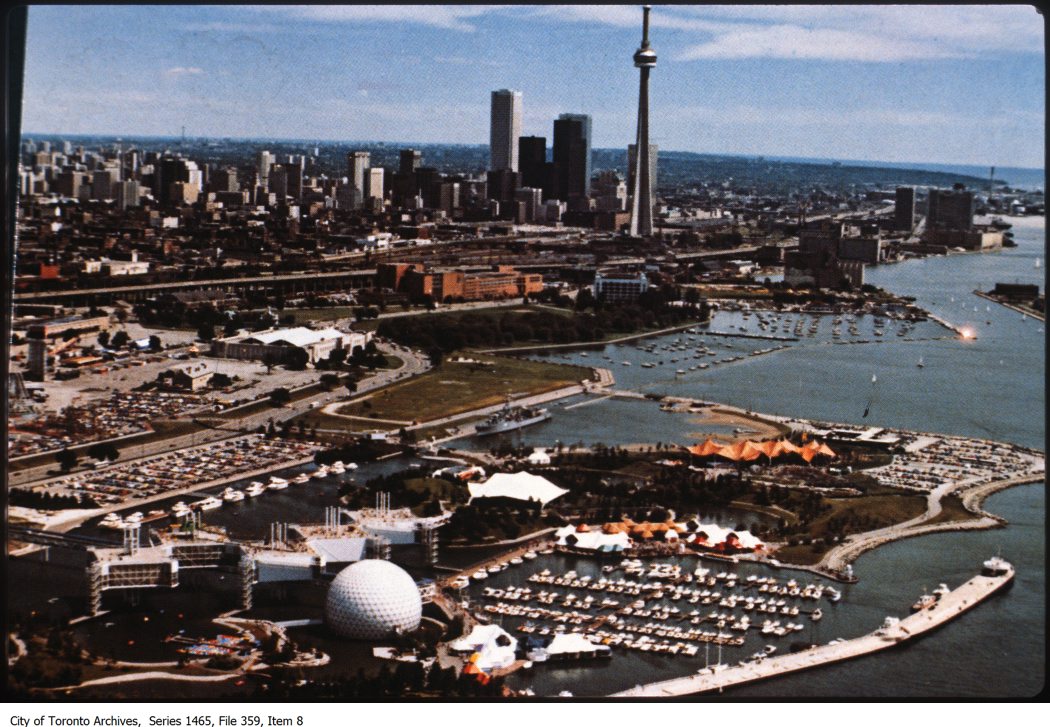
This takes time. We must give the site time breathe and exist, focusing on the values of water, edge and the connections that happen on the site. In due time this will help Ontario Place find its place along Toronto’s waterfront and in our collective consciousness.
Learn more about the Future of Ontario Place.
Watch the livestream of the Revitalizing Waterfront Sites session.
